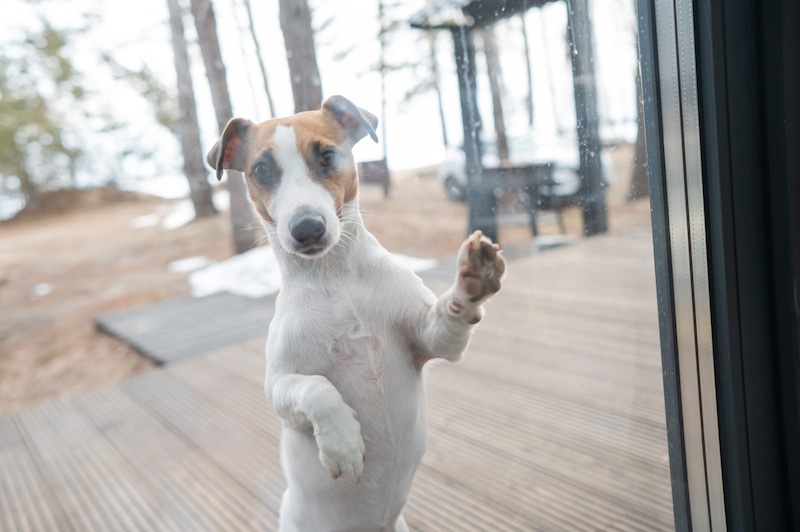Separation anxiety in dogs can be stressful for both pets and their owners. Understanding the condition is crucial to helping your dog feel safe and secure when you’re not around. Keep reading to learn ten things you should know about dog separation anxiety.
1. Separation Anxiety Is a Real Condition
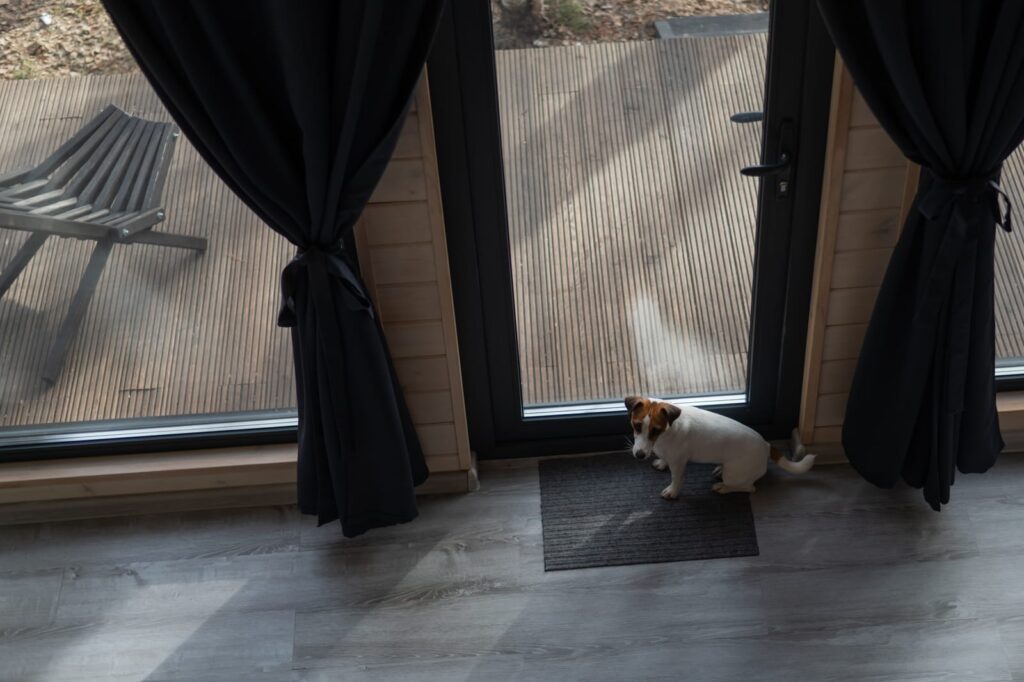
Dogs can suffer from genuine anxiety when left alone. Separation anxiety occurs when a dog becomes overly distressed due to the absence of their owner. It’s not just a dog acting out—this is a real psychological condition that can be deeply upsetting for your pet.
2. Separation Anxiety Has Distinct Symptoms
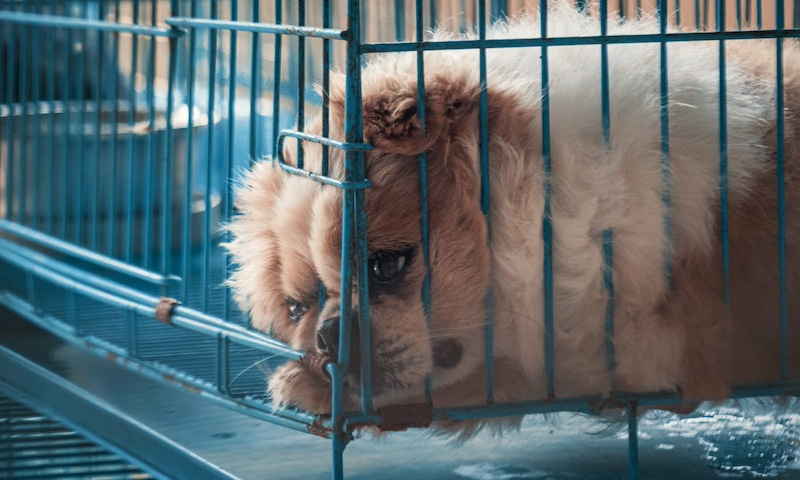
Common signs of separation anxiety include excessive barking or whining, destructive behaviors like chewing furniture, scratching doors, or digging, and even attempts to escape. In severe cases, dogs may urinate or defecate indoors, even if they’re house-trained.
3. Routine Changes Can Trigger Anxiety
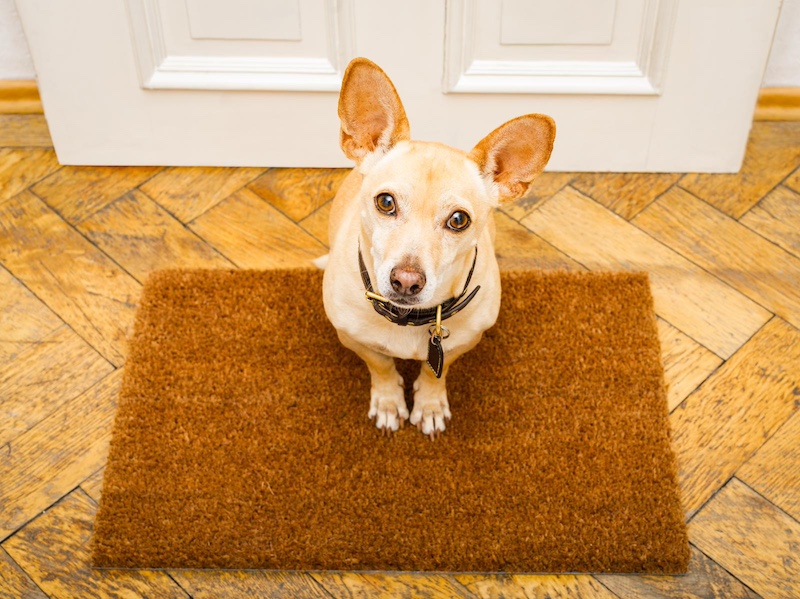
A sudden shift in a dog’s routine can trigger separation anxiety. This could be a new work schedule, a move to a new home, or the introduction of a new family member. Dogs thrive on predictability, and changes to their daily life can make them anxious.
4. Dogs Adopted from Shelters Are More Prone
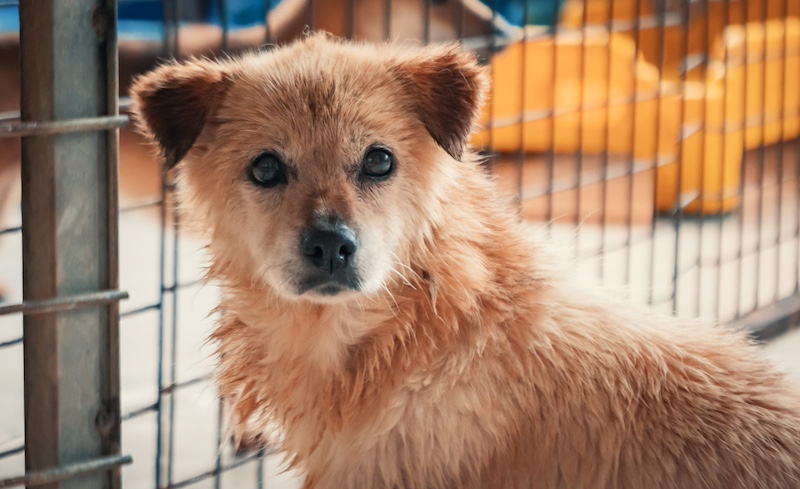
Dogs that have been adopted from shelters or have experienced rehoming are often more susceptible to separation anxiety. The fear of being abandoned again can trigger heightened anxiety when left alone.
5. Boredom Can Make Anxiety Worse
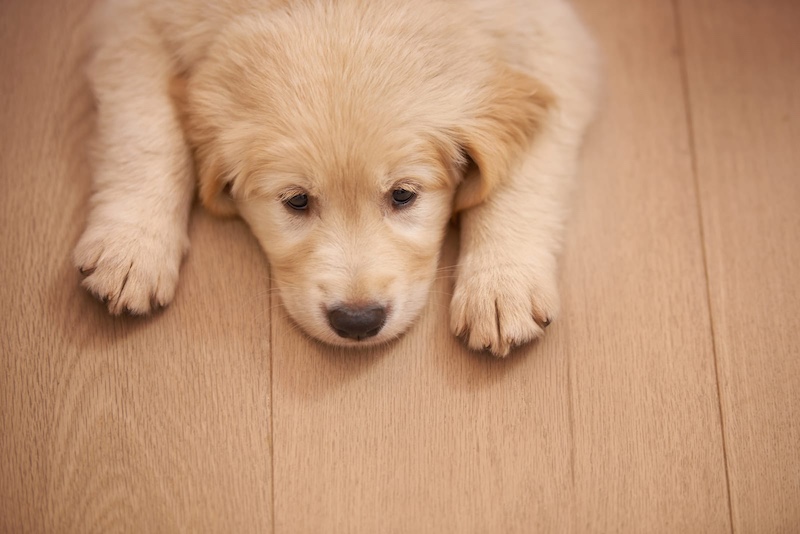
Separation anxiety is often worse when a dog is bored. If a dog lacks mental or physical stimulation, they may develop destructive behaviors as a way to cope with their anxiety. Regular exercise and interactive toys can help keep their mind occupied.
6. Some Breeds Are More Prone to Anxiety
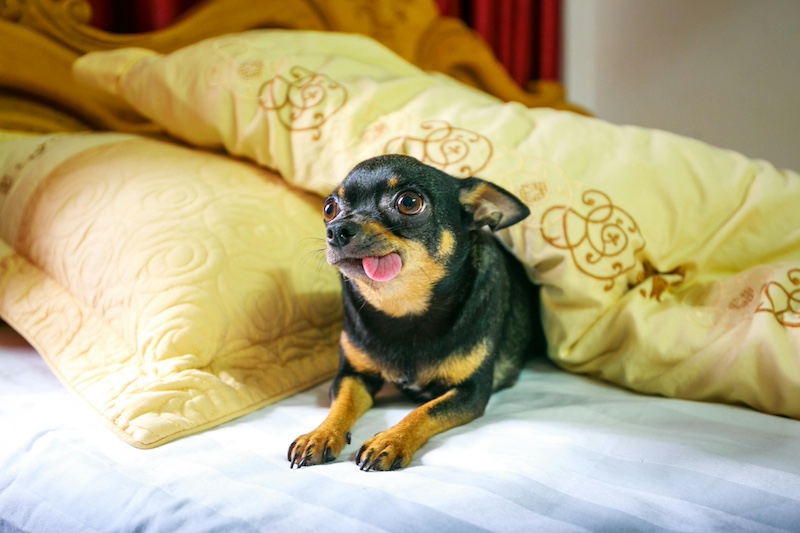
Certain dog breeds are more likely to experience separation anxiety due to their genetic traits or temperament. Breeds known for being clingy or highly attached to their owners, like German Shepherds, Labrador Retrievers, and Chihuahuas, can be more prone to this condition.
7. Leaving for Short Periods Can Help

One way to help your dog cope with separation anxiety is to leave for short periods at first, gradually increasing the time away. This helps your dog adjust to being alone without triggering extreme stress. Always make departures low-key to avoid heightening their anxiety.
8. Separation Anxiety Isn’t Just about Being Alone
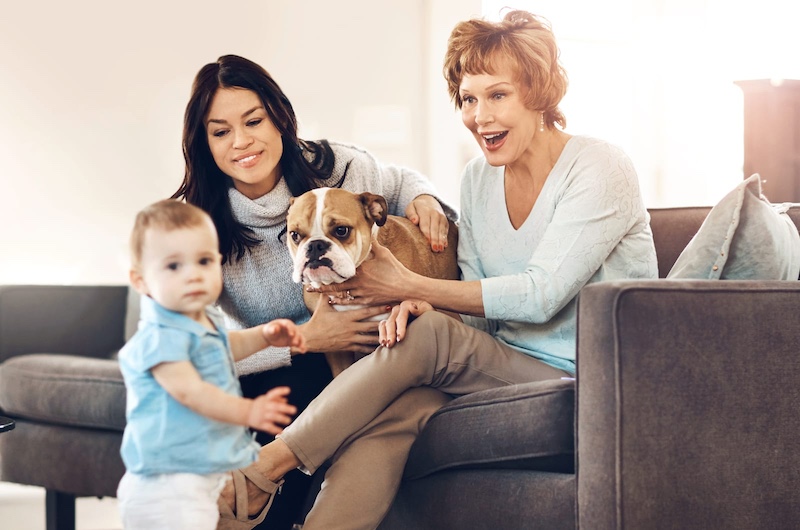
Separation anxiety isn’t always about loneliness. Some dogs can become anxious even if there are other people or animals present. It’s often the specific absence of their primary caregiver that triggers anxiety, which means it’s tied to attachment.
9. Training and Behavior Modification Can Help
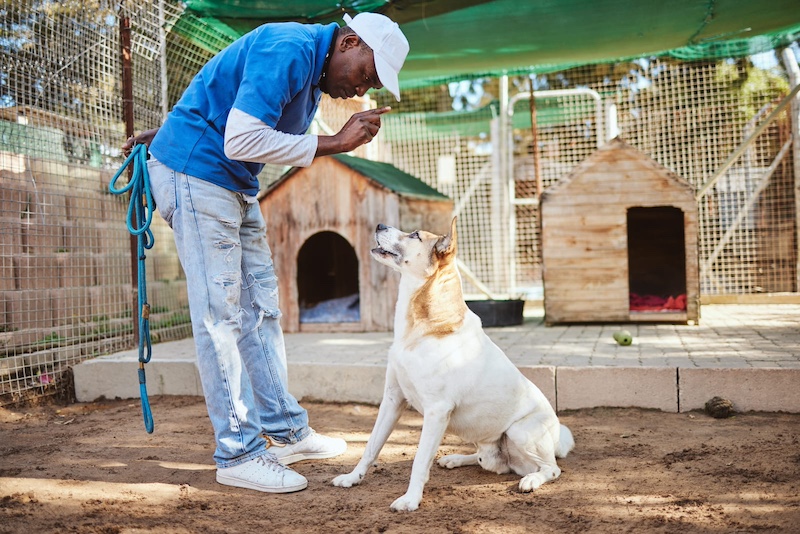
Counterconditioning and desensitization are two training methods that can help reduce separation anxiety. Counterconditioning involves creating positive associations with your absence, while desensitization gradually increases the time you’re away to build tolerance.
10. Professional Help May Be Needed
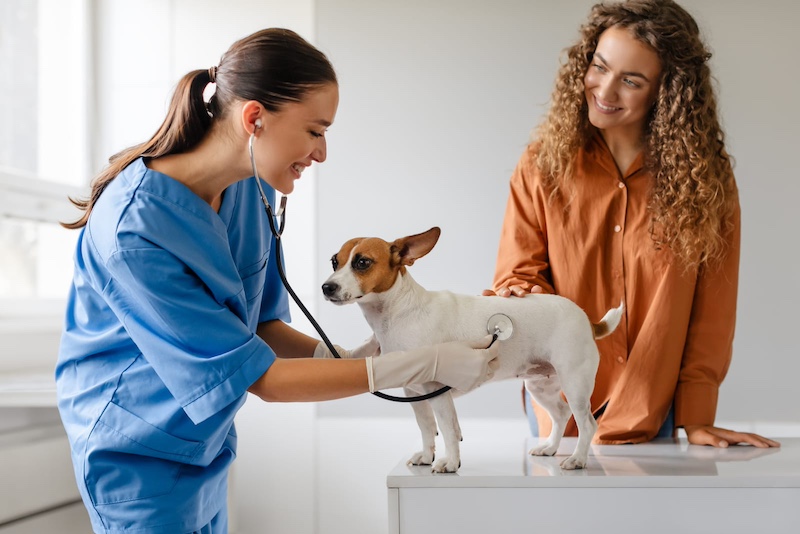
If your dog’s separation anxiety is severe, professional intervention may be necessary. A veterinarian or animal behaviorist can help create a tailored plan, which may include training, medication, or other treatments to reduce anxiety and improve your dog’s well-being. Please Note: This content was created with the assistance of AI and thoroughly edited by a human before publishing.

